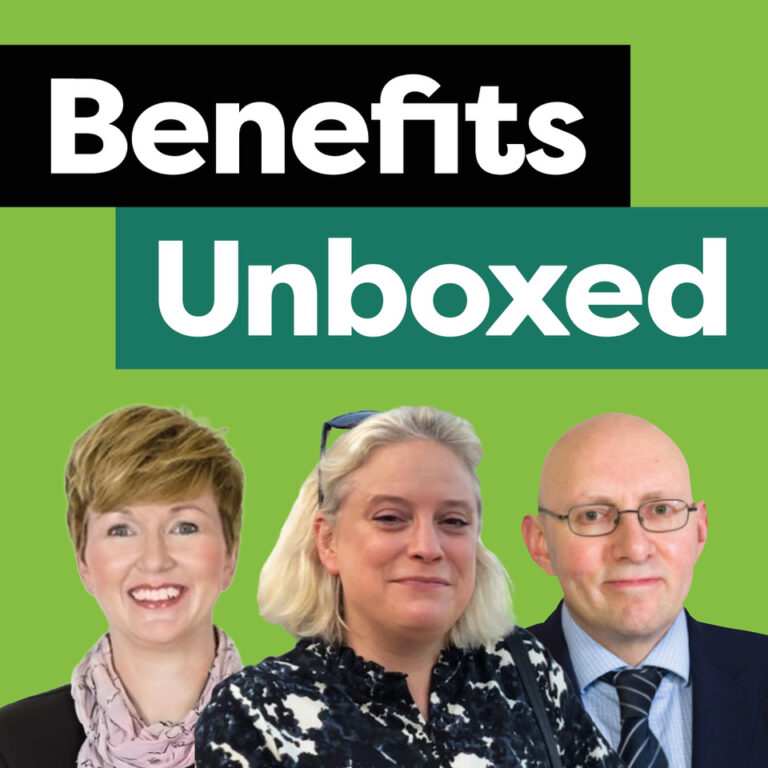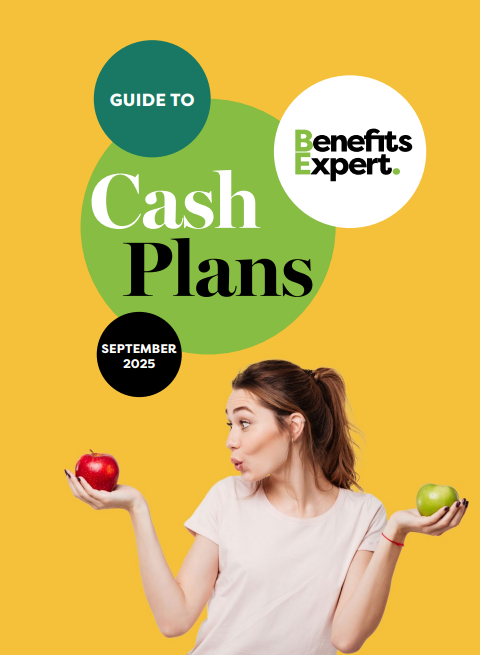The popular 50/30/20 budgeting rule, used in employee financial education, has been described as “terrible advice” that was built for a different economic era.
50/30/20 no longer reflects the reality of UK household budgets or today’s high cost of living, according to Saq Hussain, founder of FinancialEducation.co.uk.
Under the rule, employees are advised to spend 50 percent of their income on essentials or needs, 30 percent on non-essential, or ‘wants’, and 20 percent on savings or extra debt repayments.
However, it treats a recent graduate the same as someone earning £80,000 a year, offers zero guidance on debt, and the ‘wants’ category is basically meaningless, Hussain told Benefits Expert.
In response, he has developed a new ‘Pyramid Method’, which he says is better suited to today’s cost-of-living pressures. This method reframes how employees allocate their income across essentials, short-term goals, and long-term wealth.
Pay differences
Today’s average household living costs exceed £2,700 a month, meaning that a graduate on £25,000, earning around £1,850 a month, would be expected to cover all ‘needs’ with £925 under 50/30/20. In practice, rent alone can be £800 to £900 a month in many cities, which leaves very little for bills or food. By contrast, a senior executive earning £100,000 is expected to follow exactly the same spending ratios, despite a very different financial situation, he said.
To account for this difference in take home pay, the Pyramid Method has three stages (establishing, expanding, and enjoying) that people progress through as their financial circumstances evolve.
At the first stage (establishing), the emphasis is on building financial security, with 70 percent of income allocated to essentials (base), 20 percent to building short-term progress (build), and 10 percent to longer-term goals (beyond).
In the second stage (expanding), budgeting shifts to a 50/35/15 split between base, build and beyond spending. This reflects a person’s greater financial stability and capacity for growth. The third stage (enjoying), is designed for those who are financially secure, and moves people to a budget where 40 percent of income is spent on essentials (base), 35 percent on building progress (build), and 25 percent on optimising wealth and legacy (beyond).
Debt and irregular incomes
Another difference of the pyramid method is how it categorises debt. Minimum payments fall under essentials, debt overpayments are treated as part of short-term progress, and long-term wealth building is kept separate. The model also adapts to irregular incomes, with the emphasis always placed on essentials first to provide security during challenging periods.
Hussain said: “My framework works better for irregular incomes because base priority ensures survival costs are covered first, always. With inflation at previous highs and steeply rising food and energy prices, having that security foundation is crucial.”
People can temporarily move back to stage 1 during tough periods, he said, while traditional budgeting “offers zero guidance for income fluctuations”.
Hussain said his new budgeting method is better than 50/30/20 because it provides structure with flexibility. There are clear categories with adaptable percentages, priority hierarchy (base is always first), and systematic progression as circumstances improve.
“Rather than meaningless ‘needs vs wants’ distinctions, my categories have clear purposes: base (security), build (1-3 year progress), beyond (5+ year wealth). Financial experts recommend 3-6 months’ essential outgoings in emergency funds – that sits clearly in BASE, not scattered across what I think are [50/30/20’s] confusing categories.”
He said that while the framework is new, his company Financial Education will be rolling it out as part of the workshops they run.
Measuring success
For employers, Hussain said success with the new method could include increased employee participation in an emergency fund, reduced financial stress reported in surveys, higher pension contributions, and decreased salary advance requests.
“The key advantage is measurable progression through stages, unlike traditional advice that offers no clear advancement path. You’d see people naturally moving from stage one security focus to stage two balanced progress and eventually stage three wealth optimisation,” he said.













